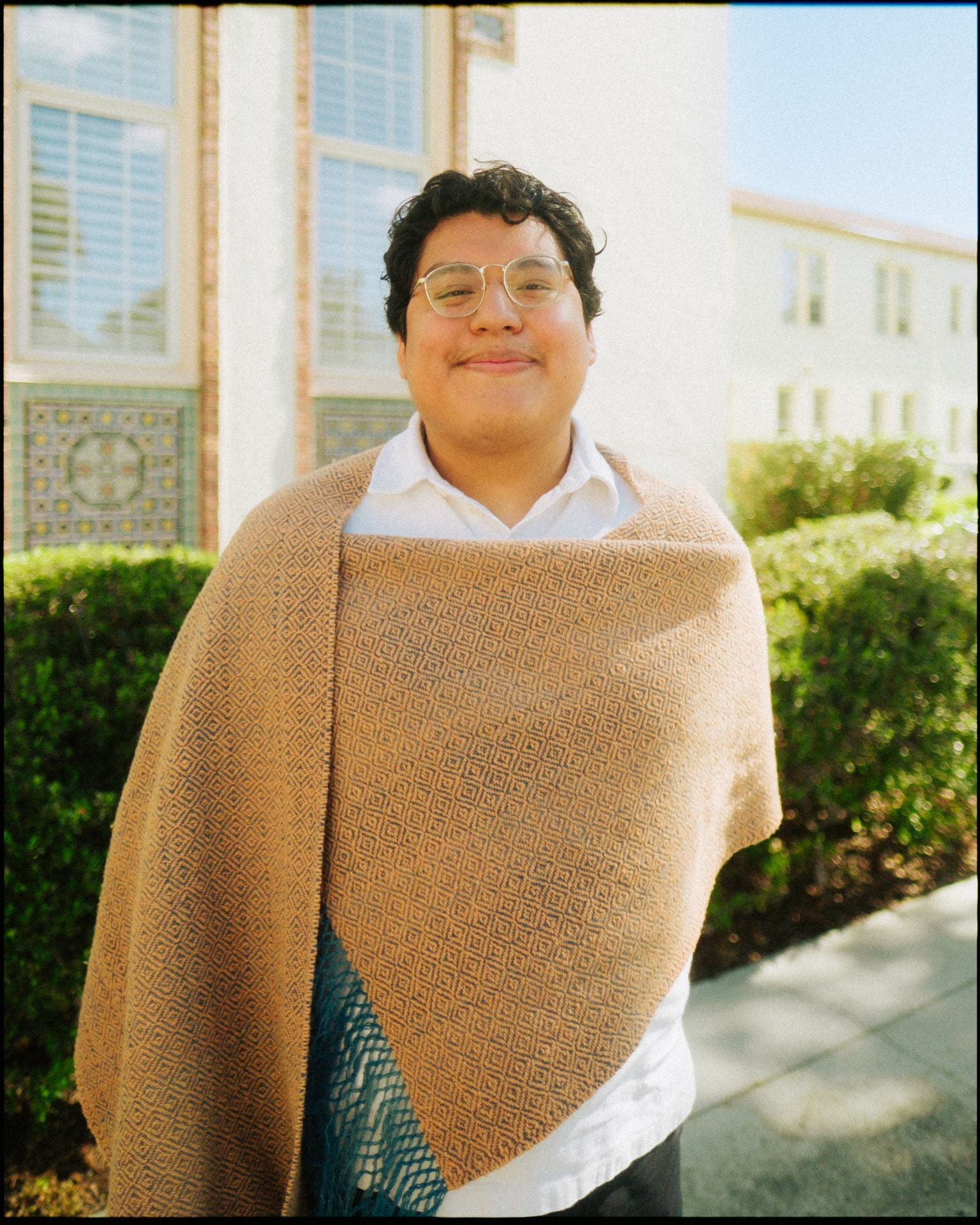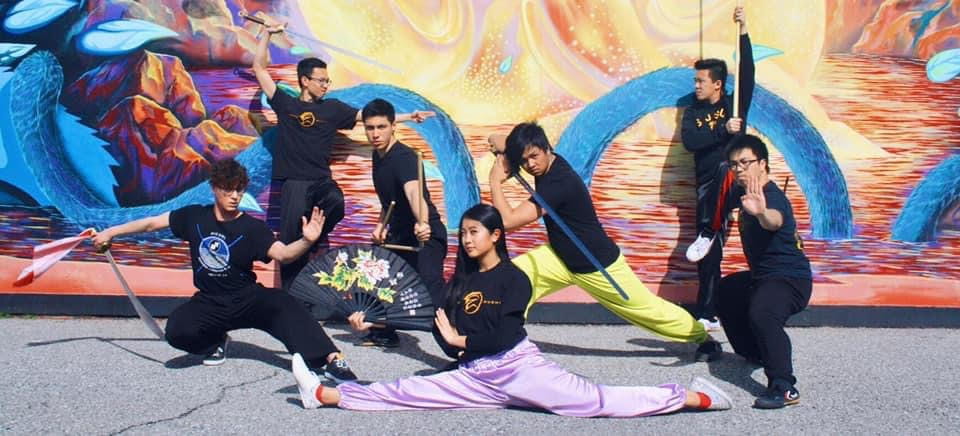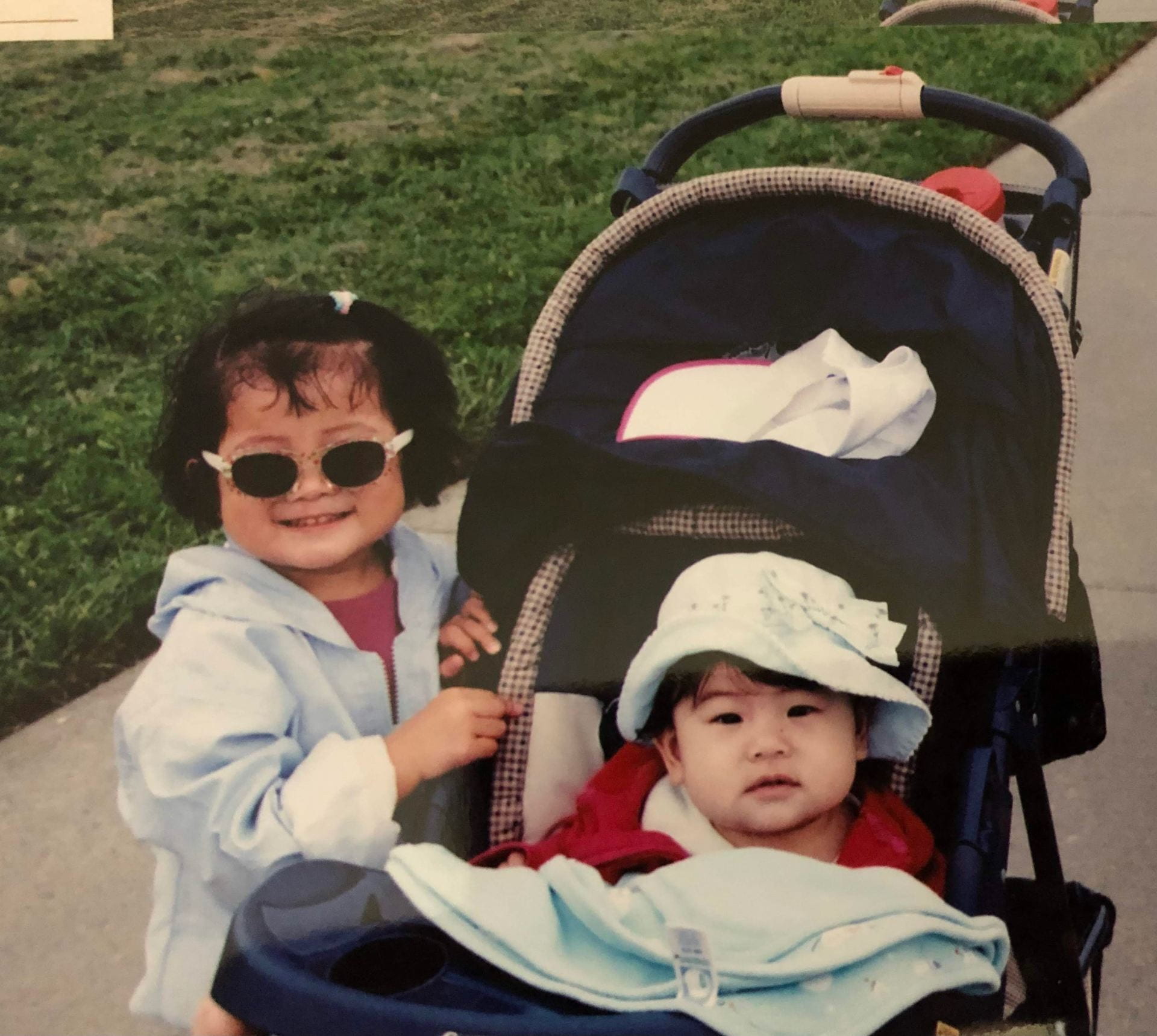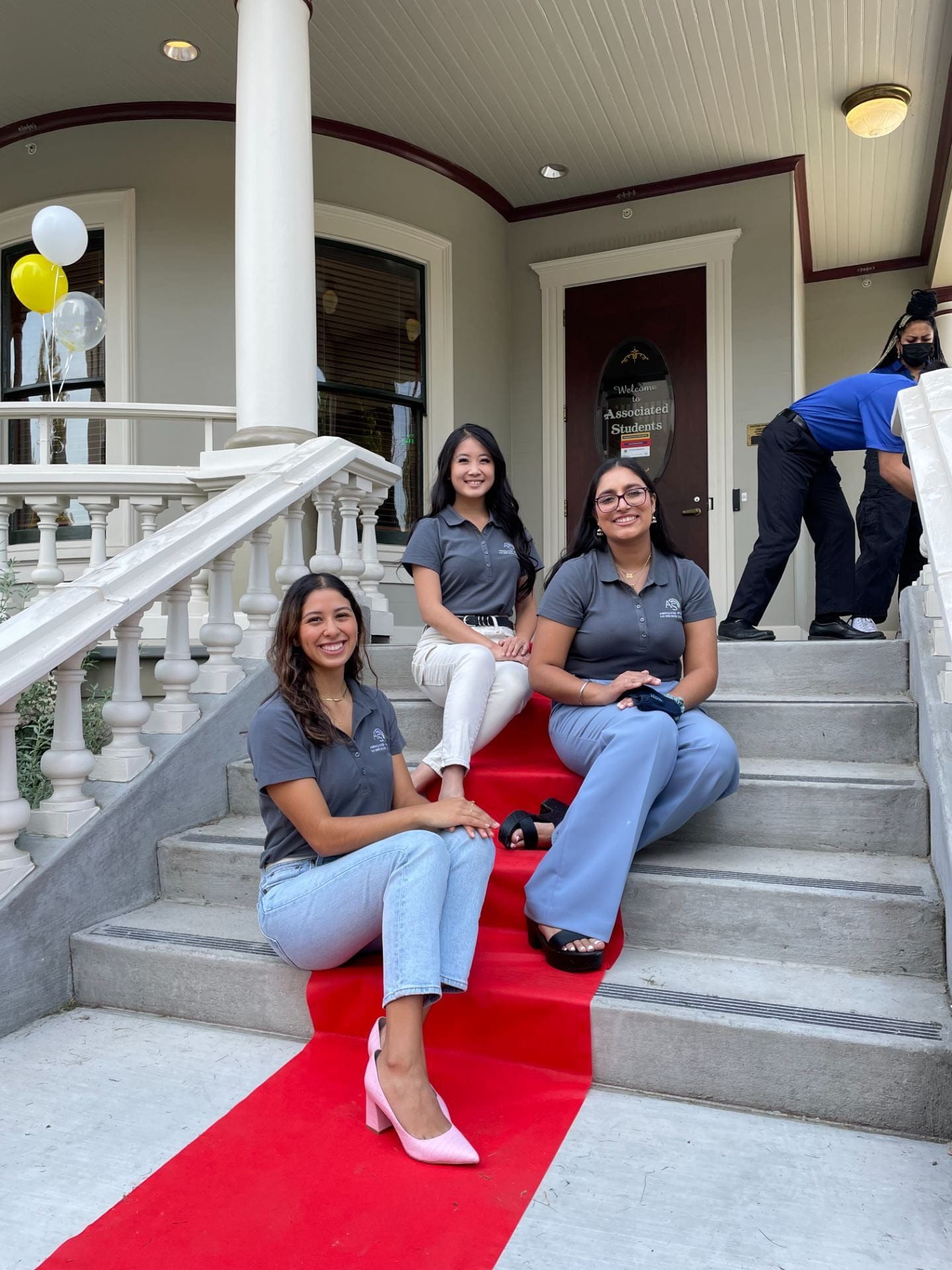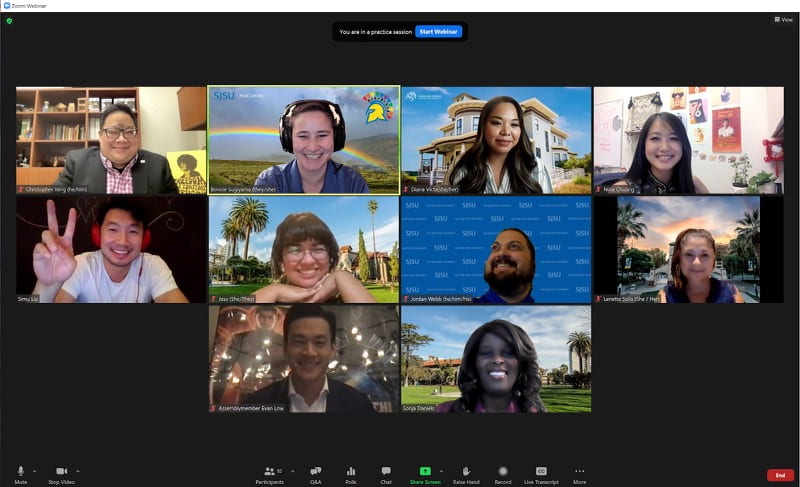Luis Aquino-Cristobal is the A.S. Director of Intercultural Affairs. In this Spartan Voice by A.S. Blog, Luis shares his story on Inclusion and Advocacy, two of eight Core Values in the Associated Students Strategic Plan. Read more about our organization’s values in the A.S. Strategic Plan here.
Inclusion and Advocacy
Silicon Valley is a supposed hub of liberalism. Many would argue that our area and state set the bar for democratic and liberal ideals because of its diverse population and culturally rich region. However, this is not true, especially as we witness our marginalized communities facing ostracism as “perpetual others.”
Inclusion is an increasingly important value, it reminds us of the responsibilities we bear to ourselves and others, something increasingly lost in hyper-individualism and institutions like ours.
As an Indigenous person (Ben’ Zaa/Zapotec, Indigenous to the Valles Centrales region of Oaxaca), this treatment is not a foreign experience or a distant memory but is a part of our past and present.
Where We Are Situated
We live and learn on the stolen and unceded land of the Muwekma Ohlone, the original stewards of this land, predating Spanish, Mexican, and American colonization. Our institution acknowledges this to an extent.
Land Acknowledgments were used by many Native communities before being adopted by Non-Native institutions to honor and recognize the land that settlers stand on. Although important, many non-native institutions usually stop at this step, believing that it is enough to acknowledge without taking action, listening to, and engaging with Native communities. Perhaps some believe that this is the only help they can give to Native communities, but this would be wrong. There is also growing frustration in many Native communities with the appropriation of the Land Acknowledgement by settler communities as there are no actual institutional changes in the ways they interact with Native communities on campus and around them.
I am grateful to have an amazing group of people who are dedicated to ensuring that Native/Indigenous students have a place on campus. Staff, faculty, and countless students have been advocating for a space where we can create community, find resources, and be supported throughout our academic journeys at SJSU.
This is not a radical ask, in fact, we are very fortunate to have different centers in our campus dedicated to aiding marginalized students. It has been through groups like the Native American Student Organization (NASO) and the Gathering of Academic Indigenous and Native Americans (GAIN) and their collaborations with other multicultural centers across campus and the Solidarity Network that we have been able to host community events and foster a sense of community in an institution that ignores us.
It has been my personal experience that there is little to no support from others outside of our collaborators. SJSU has fostered hostile environments for many students in our community. Anti-indigenous sentiment runs rampant across many disciplines, the treatment of our cultures as a thing of the past, and the depreciation of our cultural knowledge, paired with micro-aggressions and harassment, from other staff, faculty, and students.
A prominent example of this occurring on our campus took place in the Anthropology department, where a professor desecrated native remains. There was a lot of backlash. This example has highlighted various issues, namely the overt display of Anti-NAGPRA sentiment from various staff and faculty across campus.
The Native American Graves Protection and Repatriation Act (NAGPRA) enforces the repatriation of Native remains and artifacts to their respective nations. Many professors stood in opposition to the decision to bar a professor from SJSU’s collection of Native remains. The fact that this happened on an “Inclusive” campus is astonishing. However, it is not surprising that this happened because our voices are not being heard across campus and are often overlooked. Moreover, it enables discriminatory behavior to continue in this field and perpetuates hostility towards Native/Indigenous students on campus. Although the department acted swiftly, it should have never happened in the first place. This points to a severe disconnect between our academic departments, ethics, and consideration for Native communities. In this case, it is crucial that Native communities have a say in how the remains of their ancestors’ are looked after as they await repatriation. These protocols are important because it recognizes the autonomy of these nations and individuals, and also serve as a reminder of the wrongs Institutions have incited onto these communities by possessing the remains.
This brings me to my final point: the institution’s entitlement to knowledge. We as an institution are not entitled to the remains and cultural artifacts of Native communities. More often, Native communities are treated as a commodity to “American” history and discovery, we are seen as by-products or as contributions to the discoveries of white folks. This sentiment is evident on our campus and discourages potential Native students from attending our institution, and discourages many Native students attending our university to report incidents of discrimination because of this sense of entitlement.
Why does it matter?
SJSU is proud of its Minority Serving Institution status, as it should be. This title means that our student body brings a variety of different epistemological perspectives in a way that is not commonly seen on other campuses across the nation. It means we have the possibility of establishing cross-cultural collaboration in a way that a few are lucky to do. However, oftentimes, the flouting of this title supersedes the action that needs to be taken to support our minority communities on campus.
In 2021, SJSU President Papazian announced the establishment of a Native American Indigenous Student Success Center (NAISSC) on campus. Since the time of this announcement, a physical space has not been identified on our campus. While the university gears for major changes (Transformation 2030), no mention is made of a permanent space for our multicultural center on campus. Moreover, no mention is made about how and to what extent the Muwekma Ohlone is a part of this conversation. Again, I reiterate, we are living and studying on unceded and stolen land, it is vital to ensure that the Muwekma Ohlone are our key partners since there is no plan on behalf of the institution to grant this land back or, in the very least, open the resources readily to members of the community. This could look like waived tuition for Native Students in the CSU, specifically those on whose ethnohistoric lands our institutions stand on. I echo a previous statement, this is not a radical ask! Effective Fall 2022, the UC system has implemented waived tuition fees for Native students.
Final Thoughts
Recent strides for the inclusion of Native/Indigenous peoples present in our community have only been recently made on our Institution’s side. These small steps should not dissuade any other motions of support. I call on the university to take action in supporting Native students on campus by:
- Listening to the voices of our Native/Indigenous students;
- Engaging actively with the Muwekma Ohlone and other key community partners like the Indian Health Center of Santa Clara (IHC); and,
- Opening a physical NAISSC space.
To accurately comprehend the experiences of our students, I encourage you to actively engage with the Muwkema Ohlone, our campus community (NASO and GAIN), and other key community partners like the Indian Health Center of Santa Clara. In doing so, I ask that you listen attentively and intentionally to our needs and not dictate them to or for us. With this insight in hand, it is important to engage our communities in the execution of these actions to ensure that it is the vision we seek to establish. Moreover, I call on you to take immediate action in supporting Native and Indigenous students on our campus by advocating for and establishing a physical space, approved by NASO and GAIN. It is only through engaging with our community that anyone will be able to understand the advocacy that countless before us have made.
This is not my will but has been a call resounding on our campus for years. Our institute has failed in providing proper care to our Native/Indigenous students. It can begin to mend our fractured relationship by giving us a space to gather and create community. Community and a sense of belonging are vital to the retention of our students. We can only do so much without institutional support.
These are just a few recommendations and do not encompass many others identified in a focus group study led by GAIN members on the necessities identified by Native and Indigenous Students on campus. I encourage you to reach out and inquire further about their findings.
Acknowledgments
I would like to end this blog by thanking the staff and faculty in GAIN, who have advocated tirelessly for a space and representation for Native/Indigenous students across the field, specifically Director Aquino and Dr. de Bourbon who have worked and provided support for Native/Indigenous students and have been creating a community for us. Thank you for your advocacy and your unwavering support for our community. I admire both of these amazing individuals very much. I would like to thank NASO for their support, for creating community, and for helping us find a sense of belonging on campus. I would also like to thank our collaborators who have given us their spaces and have aided us in putting programming together. I would also like to thank the Solidarity Network for their support and the advocacy they engage in on behalf of the students they represent and the campus community.

